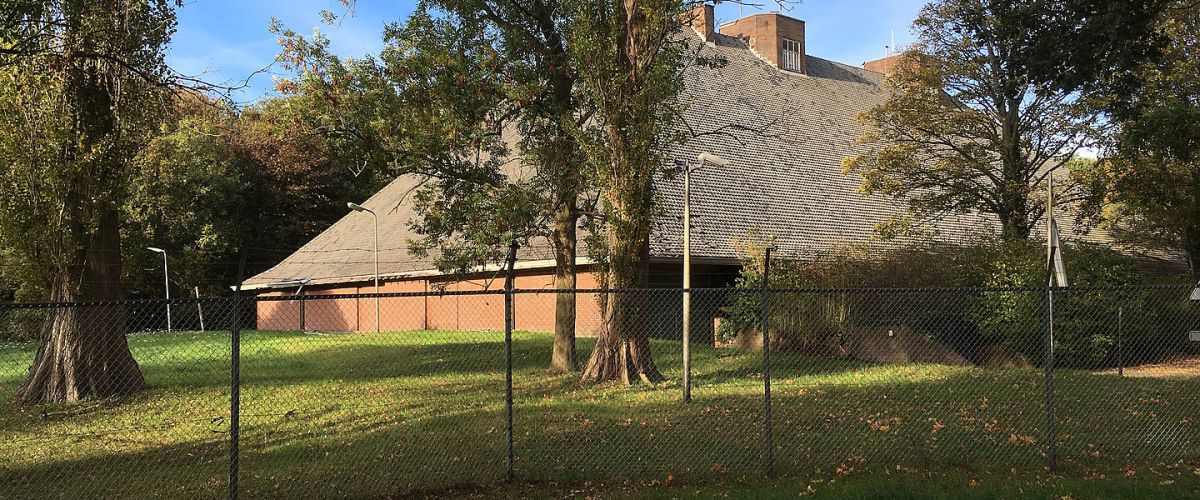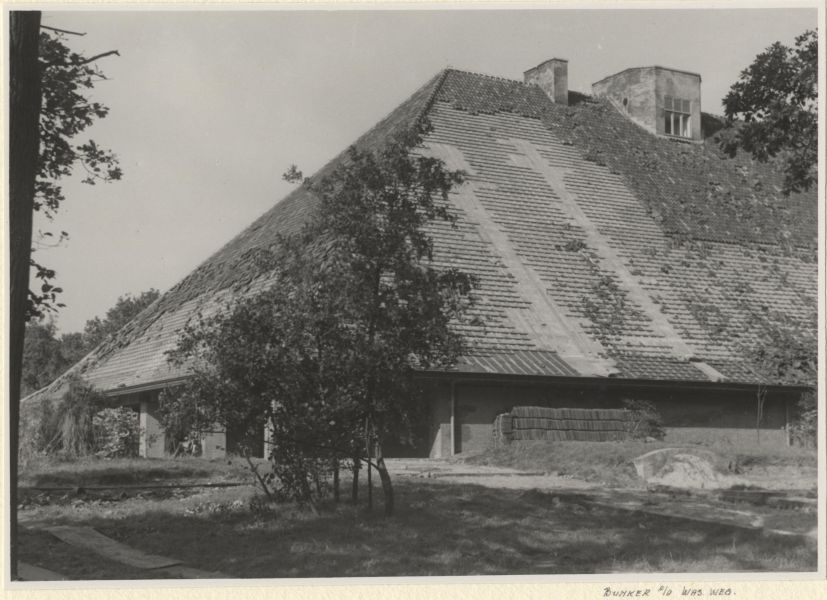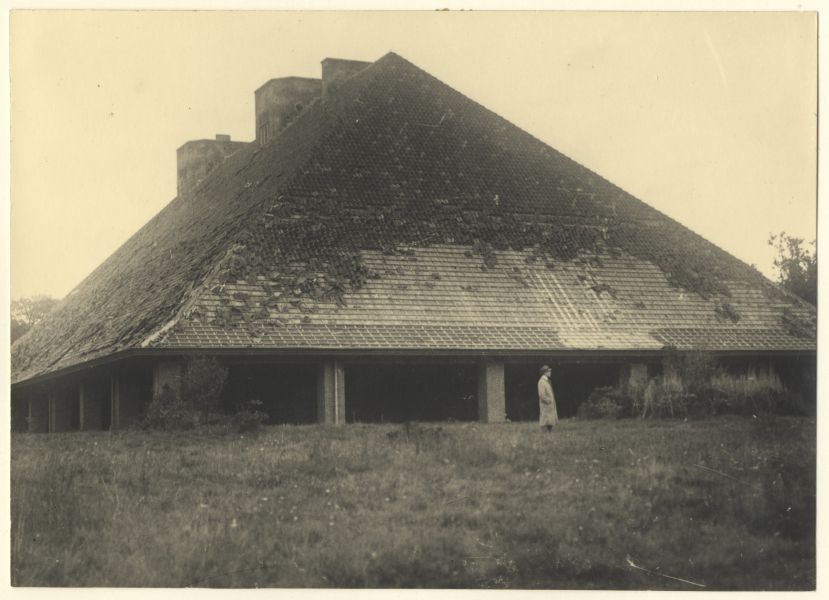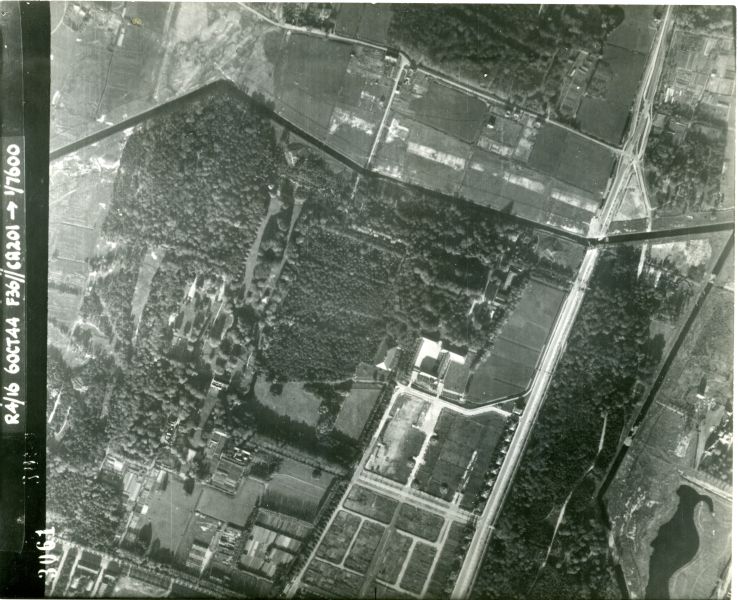A bunker disguised as a farm
Austrian lawyer Arthur Seyss-Inquart was Reichskommissar of the German-occupied Netherlands from 1940 to 1945. He walked with a limp, which made him a popular subject of ridicule.
Seyss-Inquart lived in Huys Clingendael. Many official receptions were hosted there; for example, Hans Rauter and Heinrich Himmler, amongst others, were guests. The residence was also used for propaganda purposes. The Hitler Youth and Nationale Jeugdstorm put on performances in the garden to showcase their gymnastics skills. War wounded were received there.
In 1943, most departments relocated from The Hague to Hilversum and Utrecht, amongst others. Seyss-Inquart remained in The Hague as a symbol of German authority. For that reason, a second fortress was established in the city in addition to the bastion of Scheveningen: Stützpunktgruppe Clingendael, with its own anti-tank trenches and bunkers. The command bunker that Seyss-Inquart had built next to his villa was given the outward appearance of a farm to disguise its military character. There are roof tiles on the four-metre thick concrete roof. The chimneys are actually platforms for anti-aircraft defences; they are accessible via the attic. The two-and-a-half-metre thick concrete outer walls are finished with bricks or painted to give the appearance of a brick wall. Seyss Inquart’s study was on the ground floor. A kitchen bunker is connected to Seyss Inquart’s command bunker.
After the war, the Royal Netherlands Army used the bunker to maintain contact with Dutch troops overseas, amongst others. It was equipped as a crisis centre for the Dutch government during the Cold War. Huys Clingendael now houses the Clingendael Institute: the Netherlands Institute of International Relations.
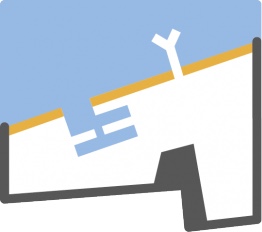 Herinneringsroute Atlantikwall Den Haag
Herinneringsroute Atlantikwall Den Haag
